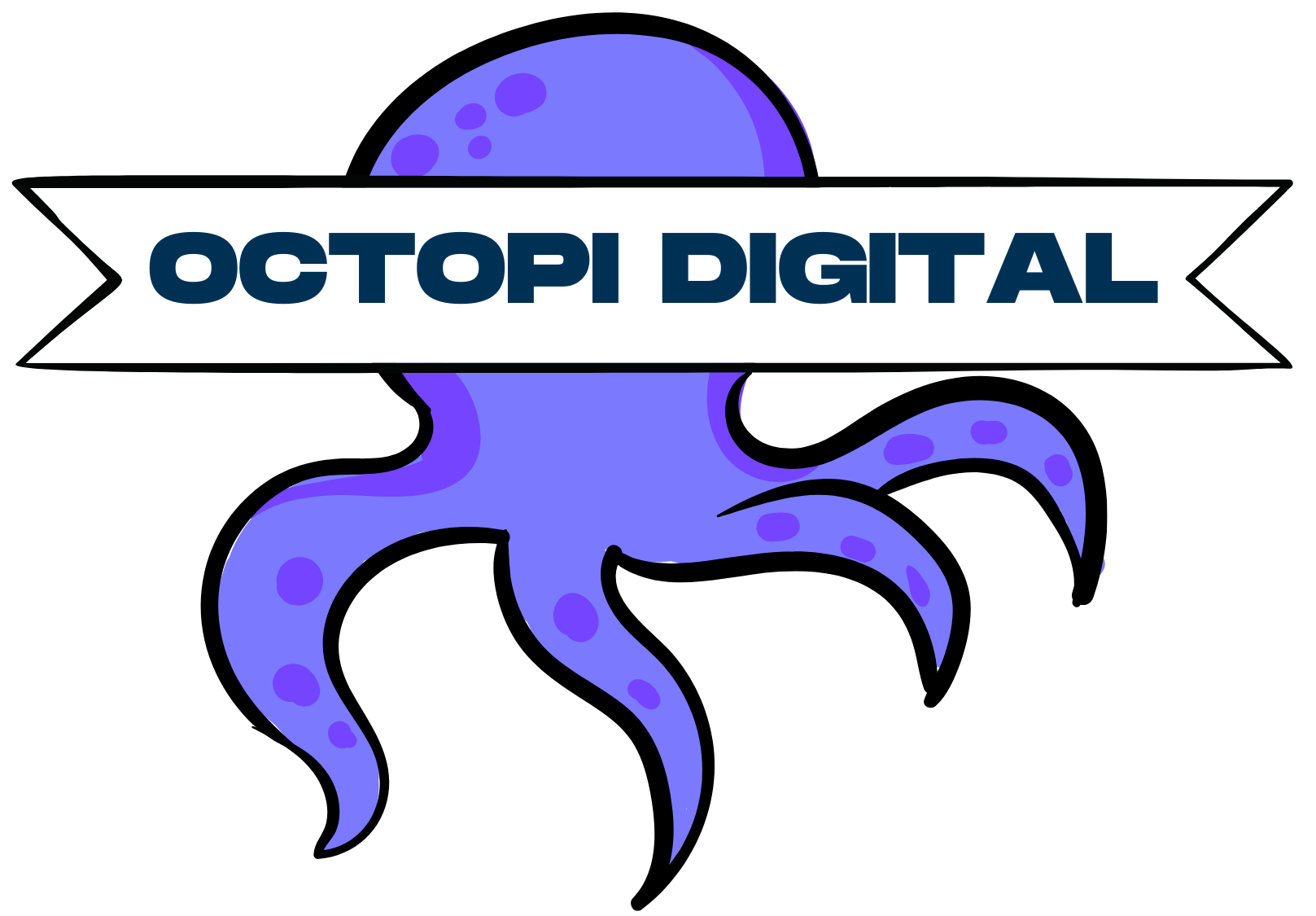Designing a Custom User Interface with Django: Tips and Best Practices for Optimizing Your Site
When it comes to designing a custom user interface for your web application, Django provides a powerful framework for creating complex interactions. Having a well-designed UI can help users quickly understand your application, as well as provide them with an enjoyable experience. However, designing an effective user interface can be tricky. In this blog post, we’ll explore some tips and best practices for designing a custom user interface with Django to help you optimize your site.
1. Make Sure Your UI is Responsive
The first step in designing a custom user interface with Django is to make sure it’s responsive. This means that the UI should be designed to work on any device, from desktop to mobile. This is crucial, as more and more people are using their mobile devices to access the web. A responsive UI should be able to detect the device it’s being viewed on and adjust accordingly. This means that you should design your UI using a “mobile-first” approach, and then optimize it for larger devices.
2. Use Intuitive Interactions
When designing a custom user interface with Django, you should also focus on making sure the interactions are intuitive. This means that the users should be able to quickly understand how to use your application, without having to spend time trying to figure it out. To do this, you should design the UI in a way that makes sense to the user. For example, if you’re designing a search feature, make sure the search bar is easy to find and easy to use. Additionally, you should use visual cues such as icons or buttons to clearly indicate what a certain action does.
3. Keep it Simple
When designing a custom user interface with Django, it’s important to keep it simple. This means that you should avoid adding unnecessary elements that could potentially confuse the user or slow down the application. For example, if you’re designing a form, you should only include the fields that are necessary. Additionally, you should focus on making the UI as minimalistic as possible, while still providing the user with all the necessary features.
4. Use Color and Typography Strategically
When designing a custom user interface with Django, you should also pay attention to the color and typography of the UI. The colors and typefaces you choose should be used strategically to help guide the user through the application. For example, you can use bold colors to draw attention to certain elements, such as a call-to-action button. Additionally, you should choose a typeface that’s easy to read and consistent throughout the UI.
5. Optimize for SEO
Finally, when designing a custom user interface with Django, you should also optimize it for SEO. This means that you should use the appropriate meta tags, titles, and other elements to make sure your application is properly indexed by search engines. Additionally, you should focus on creating content that’s optimized for SEO. This means using the right keywords, as well as making sure the content is easy to read and relevant to the user.
Designing a custom user interface with Django is a complex process, but it can be made easier with the right tips and best practices. By following the tips above, you can ensure that your UI is both user-friendly and optimized for SEO. This will help you create an enjoyable experience for your users, as well as drive more traffic to your application.
